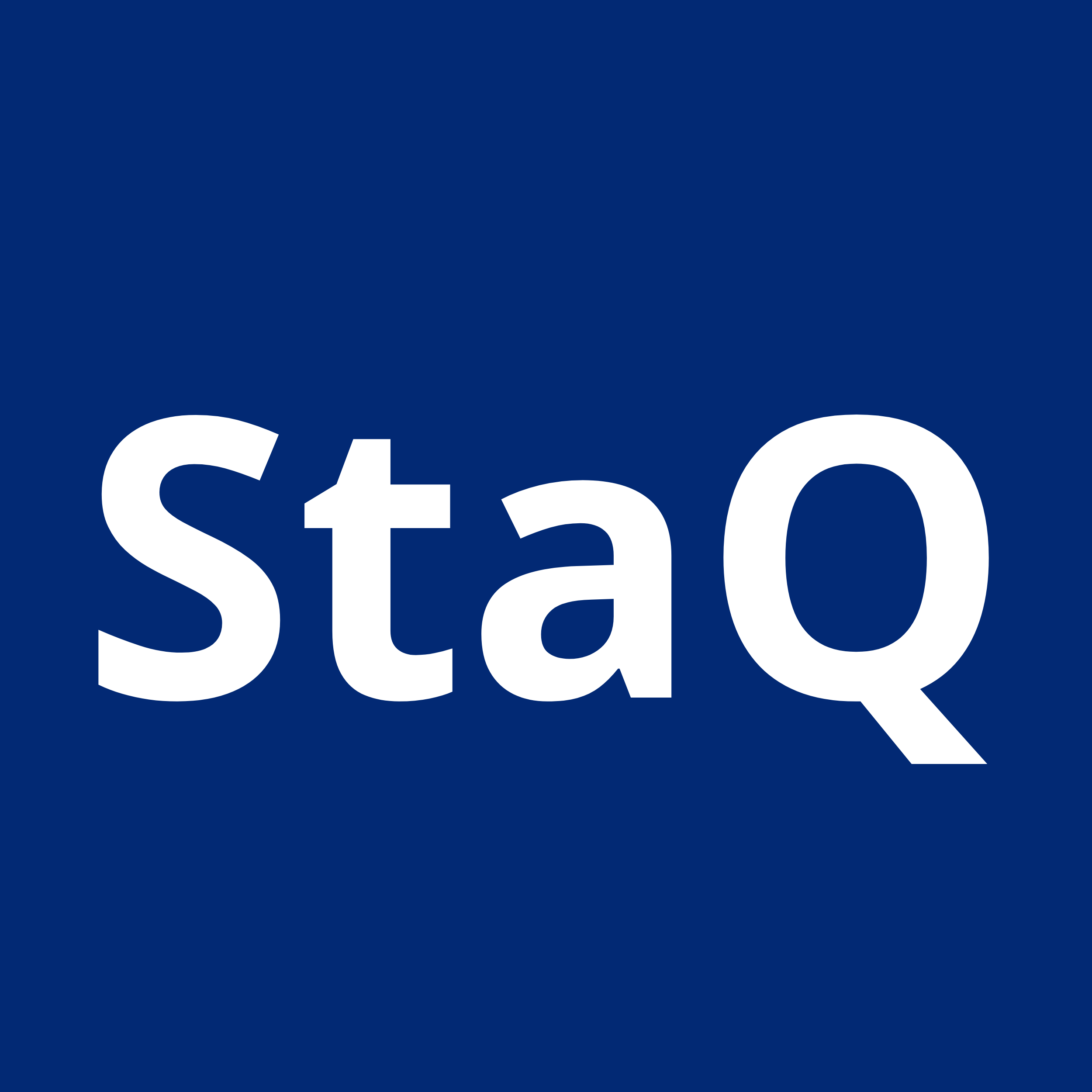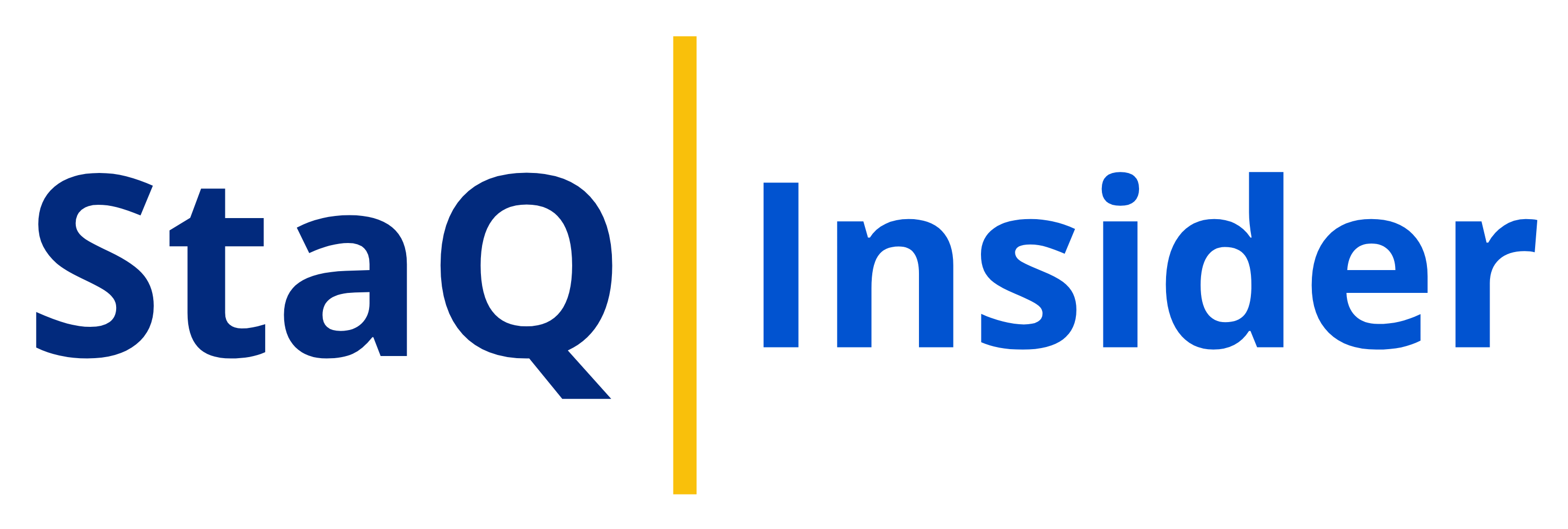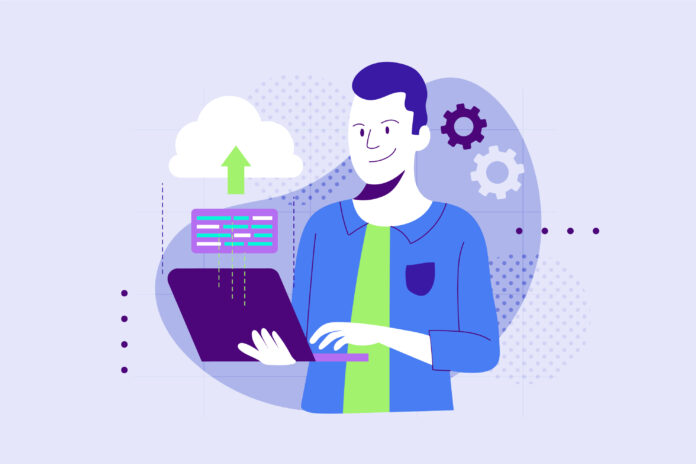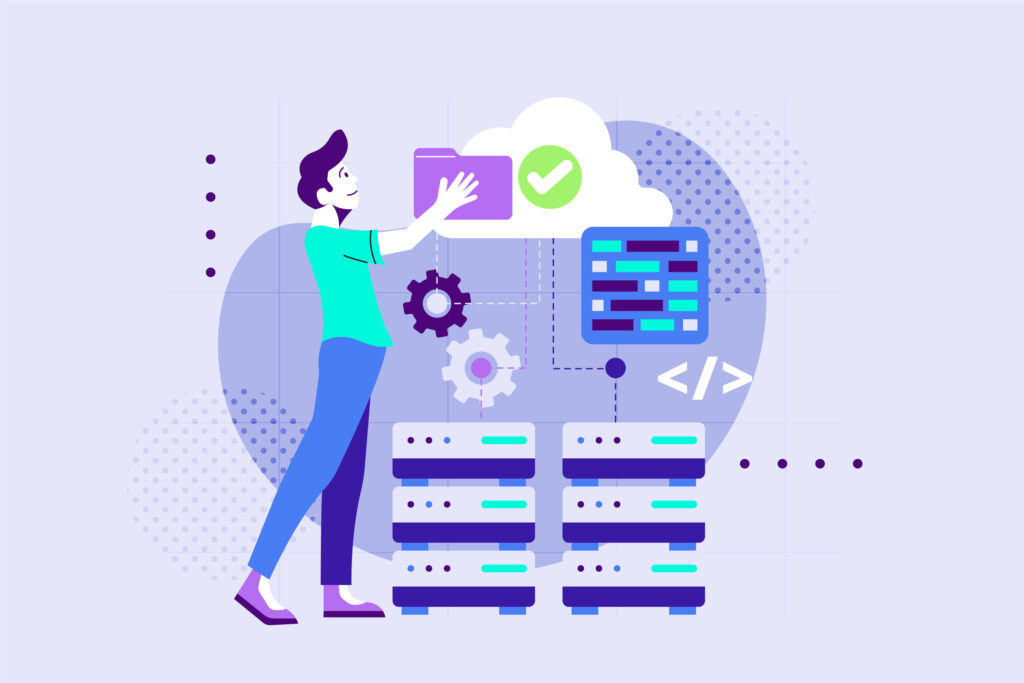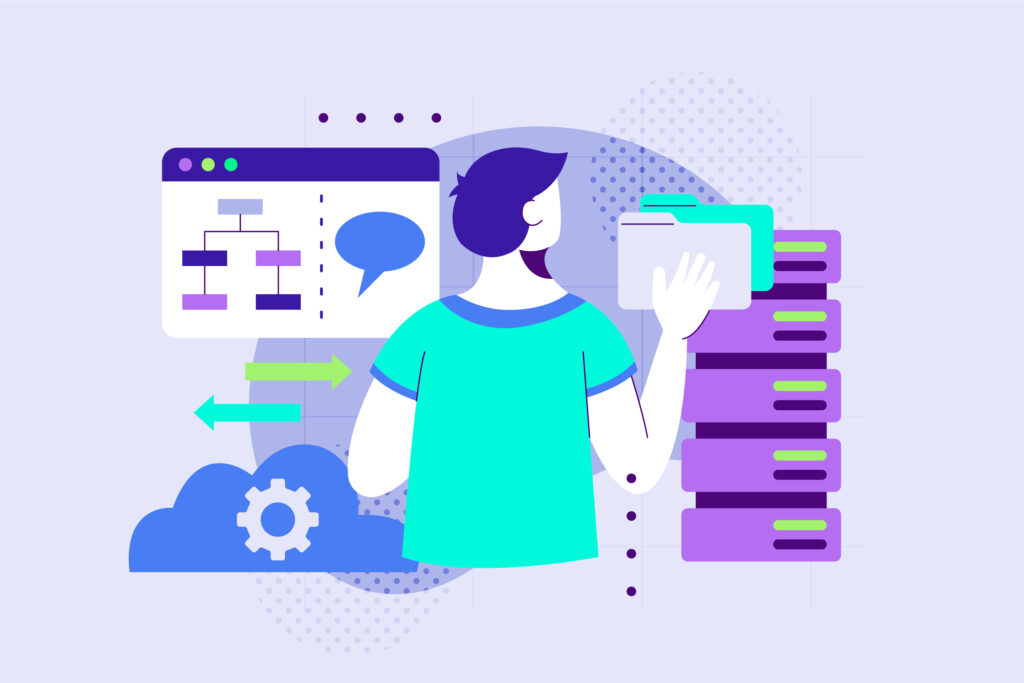Buying SaaS solutions can be a game-changer for businesses, but making the wrong choice can lead to costly mistakes. With a myriad of options available, it’s crucial to have a smart strategy in place for evaluating, selecting, and managing SaaS applications. This guide will walk you through making informed SaaS decisions, ensuring you choose the perfect fit for your business growth!
Why are you considering this SaaS solution?
When considering buying SaaS, it’s vital to delve deep into your motivations and challenges before diving headfirst into a specific solution. The decision to invest in a SaaS solution should be driven by a clear understanding of how it can benefit your organization.
Here are some key points to consider when evaluating a SaaS solution:
-
Customer Acquisition and Retention: A SaaS solution should offer streamlined and flexible billing processes to enhance customer acquisition and retention.
-
Market Research and Validation: Insufficient market research can hinder success. A SaaS solution should provide insights into customer needs through feedback mechanisms.
-
Integration and Interoperability: SaaS products often require seamless integration with other platforms. A SaaS billing engine can facilitate integration and interoperability within an organization’s technology.
-
Evolving Customer Needs: Customer needs and expectations are constantly changing. A SaaS solution should empower businesses to adapt to these changes by offering flexibility, customization, and automation.
Understanding these aspects will help you make an informed decision on whether the SaaS solution aligns with your business objectives and needs.
What existing software or processes will this SaaS replace?
Understanding your existing software and processes is another crucial step before buying SaaS. Knowing what you’ll be replacing helps ensure a smooth transition and avoids unnecessary redundancy within your tech stack.
-
Know Your Needs: Before buying SaaS, identify your business goals and pain points. This ensures the solution aligns with your objectives and delivers real value.
-
Avoid Feature Overload: Focus on functionalities you truly need. A simpler solution with the right features is better than a feature-rich one that creates confusion.
-
Uncover Hidden Gems: Understanding your needs might reveal unexpected SaaS solutions that perfectly address your challenges.
-
Choose the Right Fit: Determine if customization is crucial or if a pre-configured solution works. Buying SaaS should fit your business, not the other way around.
-
Replace Smartly: Identify existing software you plan to replace with the SaaS. This avoids redundancy and ensures a smooth transition.
-
Map Your Tech Stack: Audit your current software and workflow. This helps plan data migration, user training, and overall integration with your existing systems.
By taking the time to understand your existing software landscape, you’ll be well-equipped to choose a SaaS that seamlessly integrates with your current systems and streamlines your overall tech stack.
Is this SaaS solution compatible with your existing systems?
Compatibility with your existing systems is a critical factor when considering a SaaS solution. Integration capabilities ensure the new solution seamlessly connects with your current tools, fostering a smooth workflow and avoiding data silos.
Here’s why seamless integration matters:
-
Data Flow: Frictionless data exchange between your existing systems and the SaaS is crucial. This eliminates manual data entry, reduces errors, and ensures everyone has access to the latest information.
-
Streamlined Workflows: Integration allows different tools to “talk” to each other, automating tasks and eliminating the need for users to switch between multiple platforms.
-
Maximized Efficiency: When your tech stack works together seamlessly, you can leverage the strengths of each tool, leading to increased efficiency and productivity.
-
API Integrations: Most modern SaaS solutions offer robust Application Programming Interfaces (APIs) that allow them to connect with other software. Investigate the SaaS provider’s documentation to see if they offer APIs that integrate with your existing systems.
-
Pre-built Connectors: Many SaaS companies offer pre-built connectors for popular software programs. See if the SaaS you’re considering has a connector for your specific needs.
-
Manual Data Import/Export: While not ideal, some SaaS solutions allow for manual data import and export through files like CSV or Excel. This can be a temporary solution, but long-term integration through APIs is preferable.
By prioritizing compatibility early on, you can avoid integration headaches down the road. A seamlessly integrated tech stack empowers your team to work smarter, not harder.
What is the implementation timeline?
When buying SaaS, understanding the implementation timeline is crucial. Knowing how long it takes to deploy the software allows you to effectively plan resource allocation and manage expectations throughout the process. Here’s why:
-
Resource Planning: A clear timeline helps you determine how much internal IT support will be required during implementation. You can then adjust staffing or seek additional resources if needed.
-
User Training: The timeline dictates when training for your team needs to begin. Early planning ensures users are prepared to leverage the new SaaS effectively from day one.
-
Managing Expectations: Setting realistic expectations with stakeholders is key. Knowing the deployment timeframe helps everyone understand when the new system will be up and running.
Do you have internal resources available for implementation and support?
Understanding the implementation timeline is very crucial when buying SaaS. Knowing how long it takes to deploy the software allows you to effectively plan resource allocation and manage expectations throughout the process. Here’s why:
-
Resource Planning: A clear timeline helps you determine how much internal IT support will be required during implementation. You can then adjust staffing or seek additional resources if needed.
-
User Training: The timeline dictates when training for your team needs to begin. Early planning ensures users are prepared to leverage the new SaaS effectively from day one.
-
Managing Expectations: Setting realistic expectations with stakeholders is key. Knowing the deployment timeframe helps everyone understand when the new system will be up and running.
What level of customer support does the SaaS provider offer?
Don’t underestimate the importance of customer support when buying SaaS. Reliable support is essential for troubleshooting issues, maximizing your use of the software, and resolving any challenges that may arise. Here’s why:
-
Smooth Sailing: Even the best SaaS solutions can have occasional hiccups. Responsive and knowledgeable customer support ensures these issues are resolved quickly, minimizing downtime and disruption to your workflow.
-
Unlocking Potential: A good support team can be a valuable resource beyond troubleshooting. They can answer your questions, offer guidance on using advanced features, and help you get the most out of the SaaS.
-
Confidence in the Choice: Knowing you have reliable support behind you fosters confidence in your decision to buy the SaaS. You’ll have peace of mind knowing there’s a team readily available to assist you.
How scalable is the solution?
Understanding its scalability is critical when buying SaaS. You want a solution that can grow alongside your business and accommodate increased usage or the need for additional features. Here’s why:
-
Future-Proofing Your Investment: A scalable SaaS solution ensures your investment continues to deliver value as your business expands. You won’t outgrow the capabilities of the software, preventing the need for a disruptive switch later.
-
Accommodating Change: Business needs evolve. A scalable SaaS can adapt to your changing requirements, whether it’s adding more users, handling more data, or integrating new functionalities.
-
Avoiding Bottlenecks: Non-scalable SaaS can hinder your growth by creating bottlenecks as your business scales. Look for a solution that can handle increasing demands without compromising performance.
What security measures are in place?
Data security should be a top priority when buying SaaS. Before making a decision, ensure you understand the security measures in place to protect your valuable information. Here’s what to focus on:
-
Encryption: Ask about data encryption practices, both at rest (stored data) and in transit (data being transferred). Encryption scrambles data, making it unreadable in case of a breach.
-
Compliance: Inquire about the SaaS provider’s compliance with relevant industry regulations and data privacy laws. This ensures they adhere to established security standards.
-
Backup Protocols: Understand the provider’s data backup and recovery protocols. In case of an incident, robust backups ensure you can retrieve your information quickly.
What is the pricing model?
Before buying SaaS, scrutinize the pricing model. This includes evaluating subscription costs, potential hidden fees, and ensuring it aligns with your budget. Here’s why it matters:
-
Cost Transparency: SaaS pricing can vary. Understanding the subscription structure (monthly, annual) and any additional fees (storage, per-user costs) gives you a clear picture of the total investment.
-
Budget Alignment: The chosen SaaS should fit your budget. Analyze the pricing structure to ensure it aligns with your financial resources and offers long-term value.
-
Avoiding Surprises: Unearthing hidden fees after purchase can disrupt your budget. Careful evaluation of the pricing model upfront helps avoid any unwelcome surprises.
Can you request a trial or demo?
Before committing to a SaaS solution, consider requesting a trial or demo. Here’s why:
-
Hands-on Experience: Trials and demos allow you to test the software firsthand. This provides valuable insights into its usability, interface, and core functionalities.
-
Feature Assessment: You can explore the specific features you’re interested in and see how they work in practice. This helps ensure the SaaS truly meets your needs.
-
Identify Potential Issues: Testing the software can reveal any potential roadblocks or limitations that might not be readily apparent from marketing materials.
-
Informed Decision: By experiencing SaaS firsthand, you’ll be better equipped to make an informed decision about whether it’s the right fit for your business.
Remember, asking the right questions ensures you make an informed decision and choose a SaaS solution that best fits your business needs.
Looking to buy the right SaaS? Do your homework!
If you want to make sure you choose the right SaaS system, then it pays to do your homework. Understanding exactly what the system does, how you implement it, and how you’ll get support are all key aspects that you need to look at. We’d suggest canvassing opinions in your business to see if anyone has any other concerns they’d like raised, and for major systems changes, having a chat with your auditors to understand what they would be looking for.
If you need expert advice on choosing the right SaaS solution, you can consider consulting with StaQ.ai. StaQ.ai is a SaaS Marketplace that provides access to a network of experts who can provide personalized guidance and recommendations based on your specific business requirements and use cases.
Ensure a Successful SaaS Implementation with Expert Insights!

